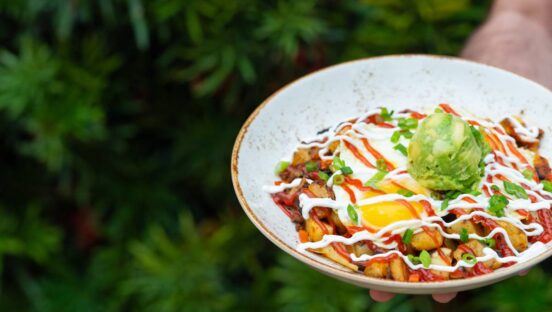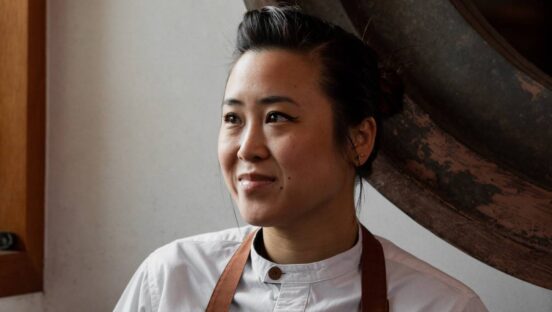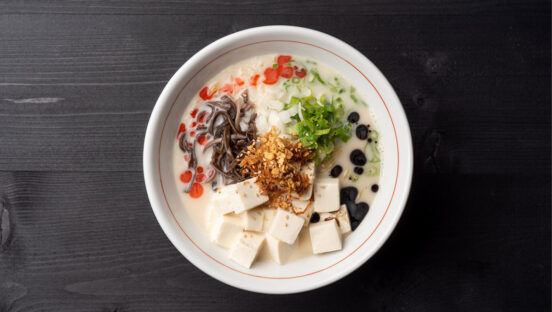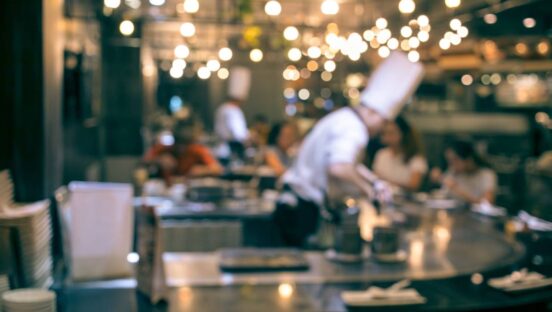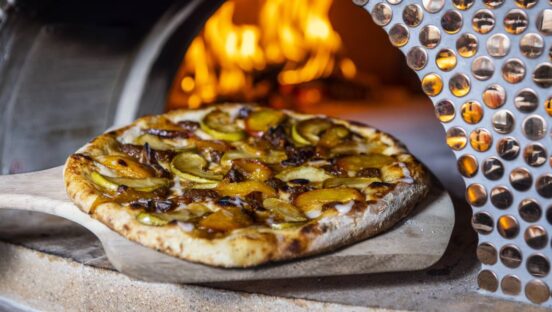














Italian food tastes best when it arrives piping hot from the kitchen to a guest’s table. But, it’s hard to ignore the growth of consumer delivery requests and delivery options over the past few years.
Data from Statista shows that revenue from the online food delivery segment grew to more than $19.4 billion in 2019 and is projected to increase annually by 5.9 percent. Additional Statista research reports 73 million current users of restaurant-to-consumer delivery and 50 million users of platform-to-consumer delivery, with new users of platform-to-consumer delivery outpacing the former each year.
The increase in delivery is most noticeable with third-party delivery app signage appearing on restaurant doors across America and chain restaurants now testing delivery in small markets in preparation for system-wide delivery expansion.
So, what does this mean for an operator who is on the fence about delivery? The following tips and tricks can answer many questions as well as guide a new or seasoned operator toward delivery success.
If you have a new restaurant, Kiva Wenig, manager at Il Porcellino in Chicago, suggests focusing on in-house sales before expecting big delivery numbers. “It took us about two years of building of the restaurant face-to-face with our customers before our delivery picked up,” he says. “About a year and a half in, we started to see a high volume of delivery.” Il Porcellino now delivers an average of 60 orders per night using five third-party delivery companies, according to Wenig.
Before choosing which items will be on a delivery menu, it’s important to understand how they will hold up in a delivery situation. Giorgia Sinatra, marketing director at Pasta Sisters in Los Angeles and Culver City, California, suggests testing out your menu. “Before we started offering delivery three years ago, we tested all of our food to see how it held up in a container after five minutes, fifteen minutes and 20 minutes,” says Sinatra. “Pasta is very delicate and will change as the heat inside a container keeps cooking it; test everything before you decide to add it to your delivery menu.”
“Our fish, oysters and steak tartare are not included on our delivery menu,” says Mario Zeniou, operating partner of 800° Woodfired Kitchen in New York City, which has been offering delivery for six months. “We don’t include these items on the delivery menu because they don’t travel well and it’s better for our guests to have them in the restaurant.”
Many operators begin with an abbreviated delivery menu, but find that adjustments must be made due to customer demand. “We started with a different menu, and the guest feedback we received was that they wanted everything as it was in the dining room,” says Wenig. “We created confusion with the guests when we modified things because they’d call and say the dish came with fries in the restaurant, and now it had broccolini with delivery. They wanted the French fries.”
If you don’t have in-house delivery already, and aren’t prepared to hire drivers and purchase insurance, a third-party service could be the fastest way to get started, keeping in mind that these services do have fees associated with them. The days of people calling a restaurant to place an order are fading away, according to Zeniou. “Everyone uses their phone apps to order,” he says. “They always go through a third-party.” Zeniou also says it’s very difficult to have your own delivery people in a large city like New York. “There’s no place to park and the insurance is very high,” he says.
Nancy Amato, owner of Fresh Mozzarella Pizzeria in Sarasota, Florida, says her pizzeria used to have its own delivery drivers until recently. “We decided to start using third-party delivery because we opened a new location and the third-party provider helps promote their partners,” she says. “They also have nice, professional, licensed drivers. We were finding it hard to hire drivers with the same level of service when we did delivery in-house.”
Before choosing a third-party delivery service, Sinatra suggests ordering delivery from several restaurants using a variety of apps. “All of the third-party apps have a different way they deliver,” Sinatra says. “Ordering from them yourself will help you see how they work, their customer service and more. Any of those problems could be your problems if you choose to work with them.”
When choosing a delivery provider, Zeniou says that most providers make two deliveries at a time, so if you can find a provider who makes one delivery at a time, it’s worth testing it out. “In addition to the other providers, I’m using one third-party delivery company that delivers one order per time,” says Zeniou. “Obviously I pay them a little more, but I like that it gets delivered faster.”
Delivery orders are just as important as in-house orders, so quality and consistency are key. “During lunch I have two people working only on the delivery aspect of service and at dinner I have one person dedicated to delivery orders,” says Zeniou. “They take the order, place the order and pack the order, making sure it leaves immediately, so it doesn’t get cold.”
In addition to having a staff member in charge of delivery orders, it’s important to have a system for handling the accuracy of incoming orders. “When an order comes in, we have a printer that prints stickers showing what’s on the order,” Wenig says. “This is the most beneficial system we have in our carryout department because we get really busy, and the last thing I want to do on a two-item order is leave one of the items out.”
With so many restaurants using third-party apps, operators can stand out among competitors by offering in-app promotions such as coupons or free delivery. They can also track which promotions are working. “We’ll sometimes offer free delivery in different delivery apps and then watch the performance,” Wenig says. “Based on that, we can gauge who’s ordering from which courier based on the free delivery period.”
Many operators also promote themselves in-store and on social media. Anthony Stefani, managing partner of Stefani Group and Bar Cargo in Chicago, says the restaurant promotes delivery on social media, the website, bathroom signage and table tents. Stefani says Bar Cargo ran a month-long delivery promotion earlier this year that gave away a $25 dine-in gift card for every delivery or to-go order placed. “We ran the promotion from the end of January through February and the gift cards were good through April 1,” says Stefani. “It worked out for us because of the goodwill toward our customers and because of those who came in to redeem the cards and ended up spending more.”
When choosing delivery packaging, consider all the places your bags will be seen on the way to their destination. “I think proper branding on delivery bags is crucial,” Wenig says. “Thinking about not only the consumer receiving the food, but also all of the people who will see the bags–the guests sitting in the dining room, pedestrians on the street, people in an apartment building and others.” Wenig also suggests being thoughtful during the packing process and packing cold items separately from hot items and making everything look nice and clean.
Stefani notes that most third-party delivery providers offer a complimentary photo session to new sign-ups in which they send a photographer out to take photos of your food. “Sometimes it’s photos of a few items and other times it’s every item on the menu, which helps consumers see what they’re going to order,” Stefani says. “We can also use those photos on social media as long as we tag the photographer.”
Amato says that delivery orders can also increase restaurant business. “In today’s society, convenience is key, and people really want to have food brought to their home,” Amato says. “Then, when people do want to go out for a nice meal, they think of you after having a positive delivery experience.”




